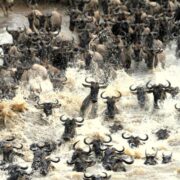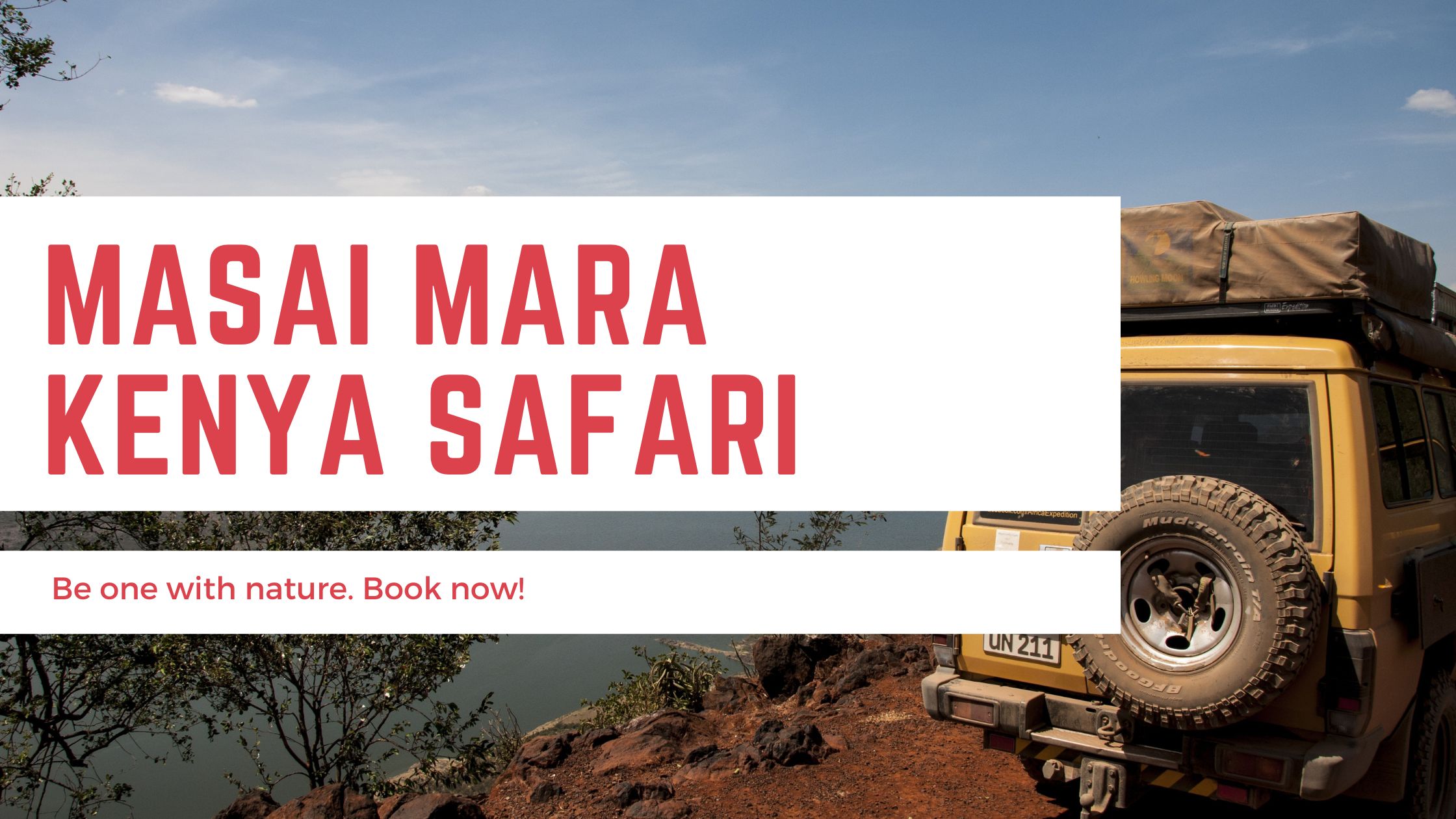
When is the Best Time to Visit Masai Mara, Kenya: A Wildlife Enthusiast’s Guide
If you’re an avid wildlife lover and have a deep-seated desire to witness the majestic African wildlife in its natural habitat, Masai Mara in Kenya should undoubtedly be on your bucket list. Known for its breathtaking landscapes, diverse ecosystems, and remarkable wildlife, Masai Mara offers an unparalleled safari experience that attracts globetrotters from around the world.
But before you embark on this awe-inspiring adventure, it’s crucial to know the best time to visit for an unforgettable experience. In this article, we’ll delve into the seasons, the wildlife spectacles they offer, and the factors that will help you plan your dream safari.
Introduction
Nestled in the southwestern part of Kenya, Masai Mara is a wildlife haven that beckons adventure seekers and nature enthusiasts alike. With its diverse landscapes ranging from open grasslands to rolling hills, and its rich biodiversity, Masai Mara offers a safari experience like no other. The key to a truly magical safari lies in selecting the right time to visit.
Understanding Masai Mara’s Climate
Masai Mara’s climate plays a pivotal role in determining the best time to visit. The region experiences two distinct seasons: the dry season and the rainy season. Both seasons offer unique opportunities for wildlife viewing and photography.
The Dry Season: January to March
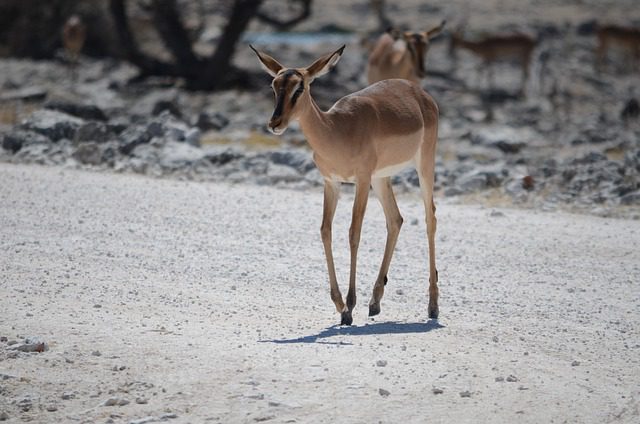
The period from January to March marks the dry season in Masai Mara. During these months, the weather is characterized by clear skies and plenty of sunshine. This is an excellent time for wildlife spotting as animals gather around water sources, making them easier to locate. The vegetation is less dense, ensuring unobstructed views of the wildlife, which includes the iconic Big Five – lions, elephants, buffalo, leopards, and rhinos.
The Great Migration: July to October
Undoubtedly the most sought-after spectacle in Masai Mara is the Great Migration, which occurs from July to October. Millions of wildebeest, zebras, and other herbivores migrate from the Serengeti in Tanzania to Masai Mara in search of greener pastures.
This incredible journey is fraught with obstacles like crocodile-infested rivers, making it a dramatic display of survival of the fittest. The river crossings are especially thrilling to witness, with predators lurking nearby.
The Short Rainy Season: November to December
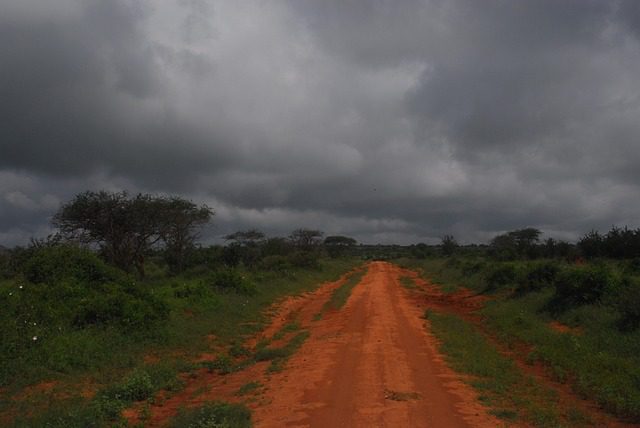
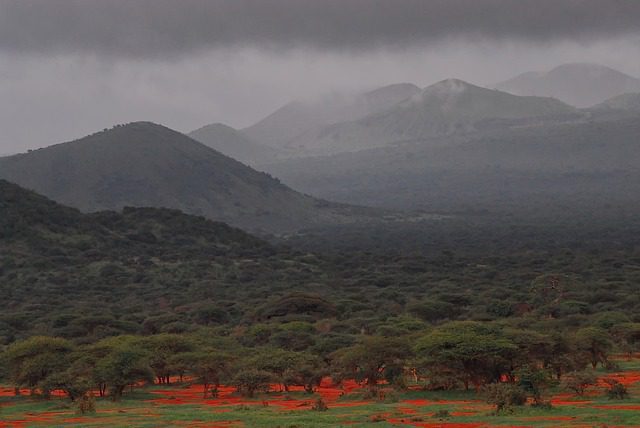
The short rainy season, occurring from November to December, brings life back to the plains of Masai Mara. The landscape transforms into lush greenery, and newborn animals make their debut. While the rains might slightly hinder game drives, the vibrant scenery and the opportunity to see young animals take their first steps are well worth it.
Choosing Your Ideal Time to Visit
The best time to visit Masai Mara largely depends on the type of experience you’re seeking. If witnessing the Great Migration is your priority, plan your visit between July and October. For a more intimate experience with fewer crowds, the period from January to March might be more suitable. Wildlife enthusiasts keen on photography might find the dry season ideal for capturing stunning shots of animals against the backdrop of golden savannas.
What to Pack for Your Safari
Packing right is essential for a comfortable and enjoyable safari. Along with lightweight clothing and comfortable shoes, don’t forget essentials like sunscreen, insect repellent, a wide-brimmed hat, and a good pair of binoculars. A camera with a zoom lens is a must to capture those breathtaking close-ups of wildlife.
Accommodation Options in Masai Mara
Masai Mara offers a range of accommodation options, from luxury lodges to tented camps. Staying within the reserve provides you with the advantage of being in close proximity to the wildlife action, allowing for early morning and late afternoon game drives.
Immersive Cultural Experiences
While Masai Mara is primarily known for its wildlife, the indigenous Maasai people also play an integral role in the region’s cultural tapestry. Engage in cultural tours and interact with the Maasai to gain insight into their way of life and traditions.
Photography Tips for a Safari
Capturing the essence of Masai Mara through your lens requires a combination of patience, timing, and technique. Remember to switch off your camera’s flash, use natural light to your advantage, and focus on the eyes of the animals to create captivating portraits.
Staying Safe Among the Wildlife
While game drives are conducted by experienced guides, it’s essential to follow their instructions to ensure your safety. Maintain a safe distance from animals and avoid sudden movements or loud noises that might startle them.
Conservation Efforts in Masai Mara
Preserving the delicate balance of Masai Mara’s ecosystem is crucial. Many lodges and organizations in the region actively contribute to conservation efforts. By choosing eco-friendly accommodations and supporting these initiatives, you can contribute to the protection of this precious wilderness.
Capturing the Essence: Souvenirs and Mementos
Bringing back a piece of Masai Mara with you is a wonderful way to cherish the memories of your safari. Local markets offer intricately crafted beadwork, artwork, and other souvenirs that reflect the region’s culture and beauty.
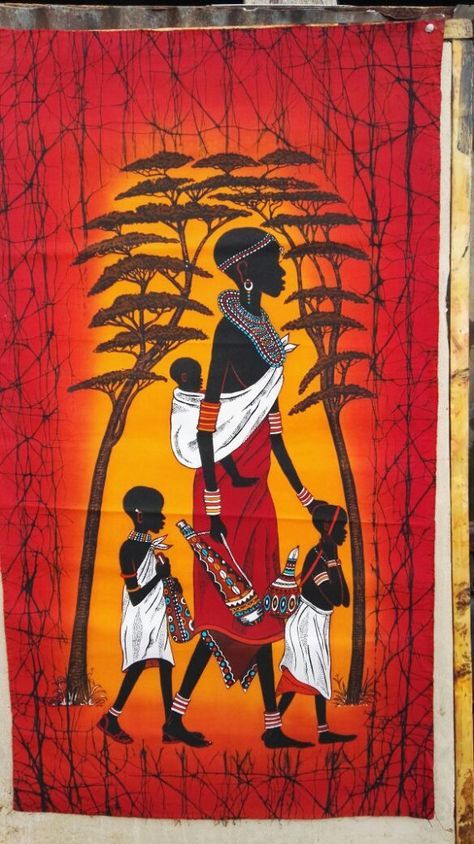
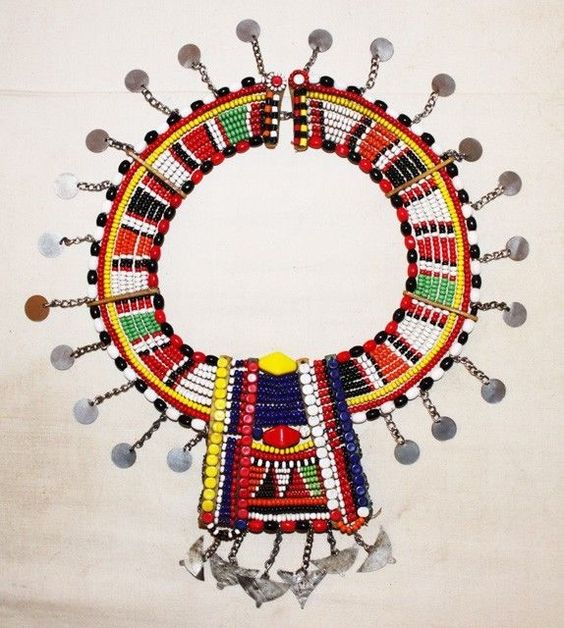
Top Wildlife Sightings Beyond the Big Five
While the Big Five are the main attractions, Masai Mara is home to a plethora of other wildlife. Look out for cheetahs sprinting across the plains, graceful giraffes browsing treetops, and playful hippos enjoying the waterways.
Conclusion
In the heart of Masai Mara’s timeless landscapes, an extraordinary wildlife adventure awaits. From the dramatic river crossings during the Great Migration to the intimate encounters with the Big Five in the dry season, every moment in this wildlife haven is an unforgettable chapter. Whether you’re a seasoned wildlife enthusiast or a first-time safari-goer, Masai Mara promises an experience that will forever resonate in your heart.
Recent Posts
All Categories

Masai Mara


